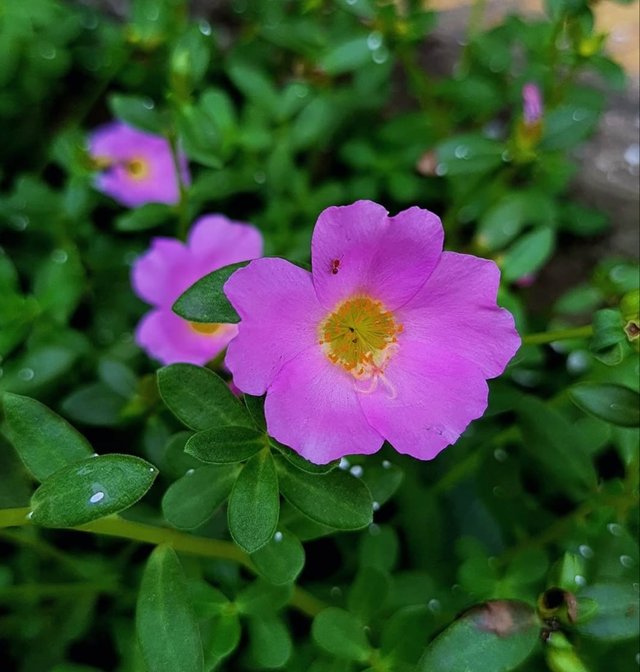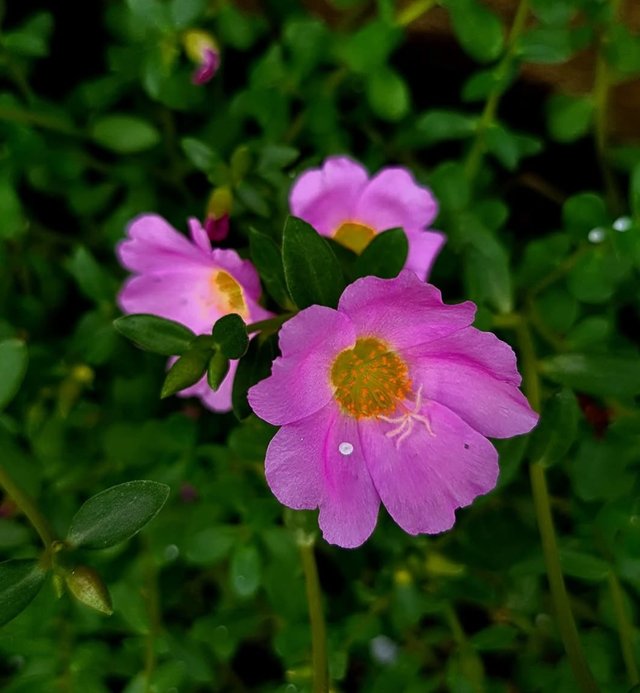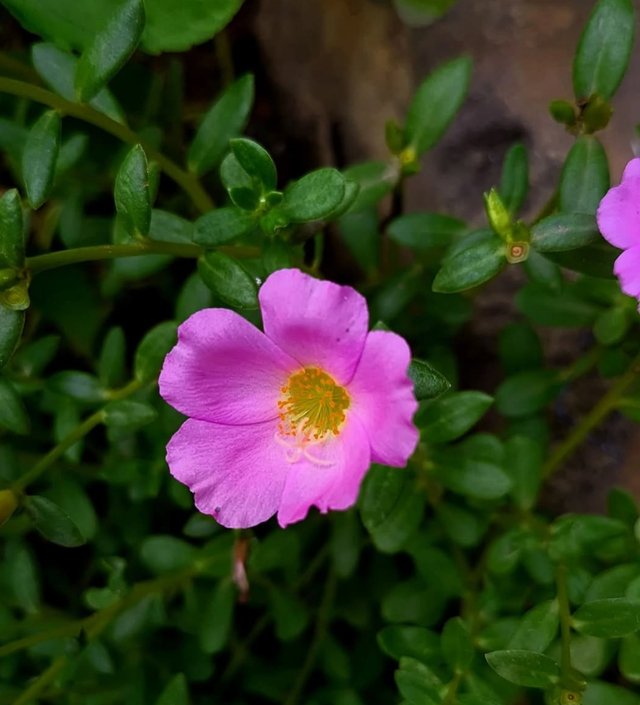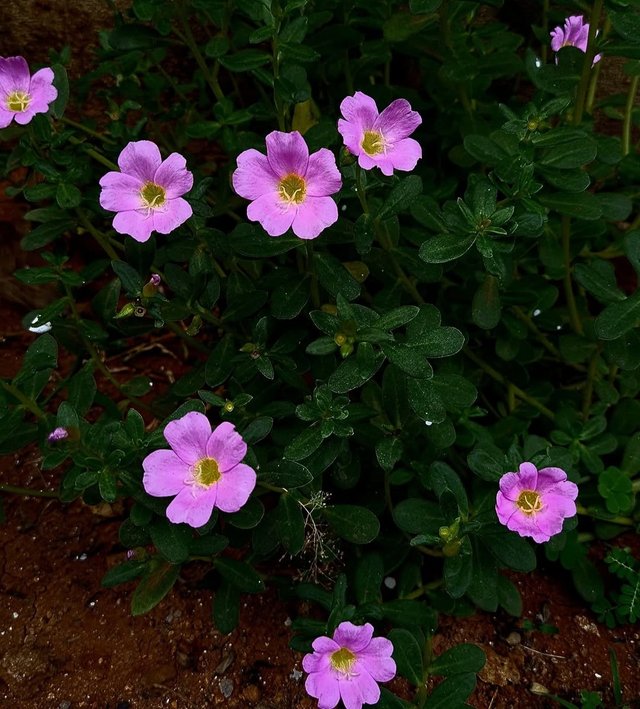Moss-Rose Purslane Flower
Moss-rose purslane is a delightful, sun-loving ornamental plant that has charmed gardeners worldwide with its vibrant, rose-like blooms and low-maintenance nature. Belonging to the Portulacaceae family, this plant is native to South America—particularly Brazil, Argentina, and Uruguay—but it has spread across the globe as a popular garden favorite. Known for its ground-covering habit and bright, cheerful flowers, moss-rose purslane is often grown in gardens, hanging baskets, rockeries, and borders, where it adds splashes of color throughout the summer.
Appearance and Characteristics
Moss-rose purslane is a succulent annual plant, typically growing about 15–30 cm tall. Its fleshy, cylindrical leaves are small and thick, adapted to store water, which helps the plant thrive in dry and sandy soils. The stems are reddish, spreading, and often form dense mats that cover the ground.
The most striking feature of moss-rose purslane is its flowers. These blooms resemble miniature roses—hence the name—and come in a dazzling range of colors such as pink, red, yellow, orange, white, and even bi-colored varieties. The flowers are usually about 2–5 cm across and open in full sun, closing in the evening or during cloudy weather. Modern cultivars have been bred to stay open longer and produce double or semi-double blooms, further increasing their ornamental value.
Growing Conditions
Moss-rose purslane thrives best in sunny, well-drained locations. Being drought-tolerant, it requires very little water once established, making it an excellent choice for arid or dry-climate gardens. It does well in poor, sandy soils where other plants might struggle, and it dislikes overly wet or clay-heavy conditions that can lead to root rot.
Propagation is usually done through seeds, which germinate quickly in warm weather, or by stem cuttings, which root easily due to the plant’s succulent nature. Since it is a fast-growing annual, it often reseeds itself in the same spot year after year if left undisturbed.




%20(10).jpeg)